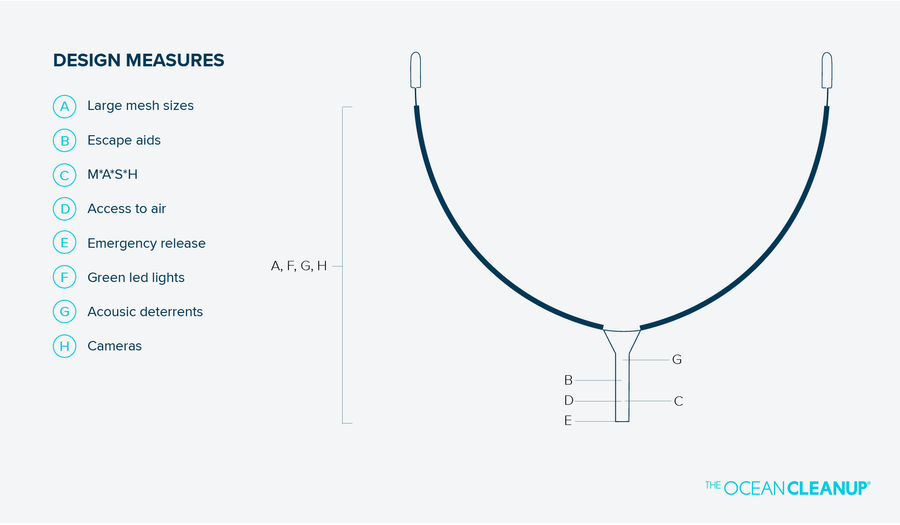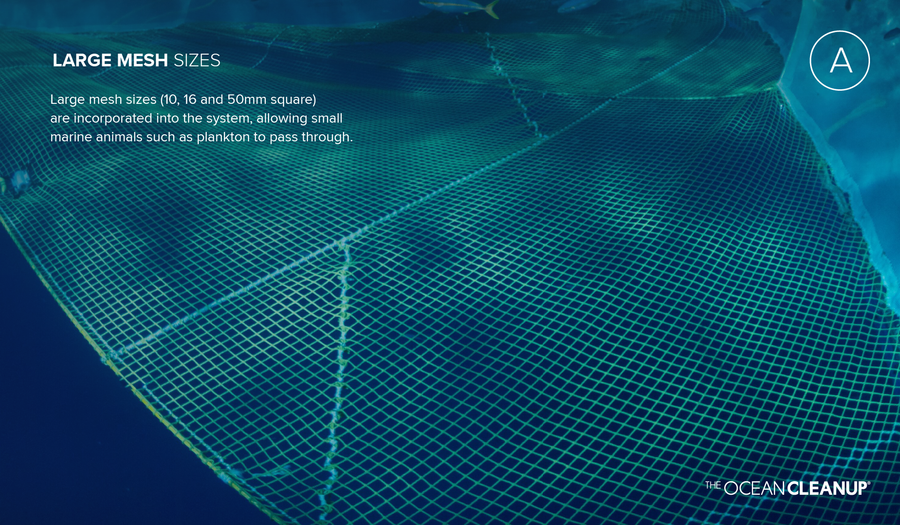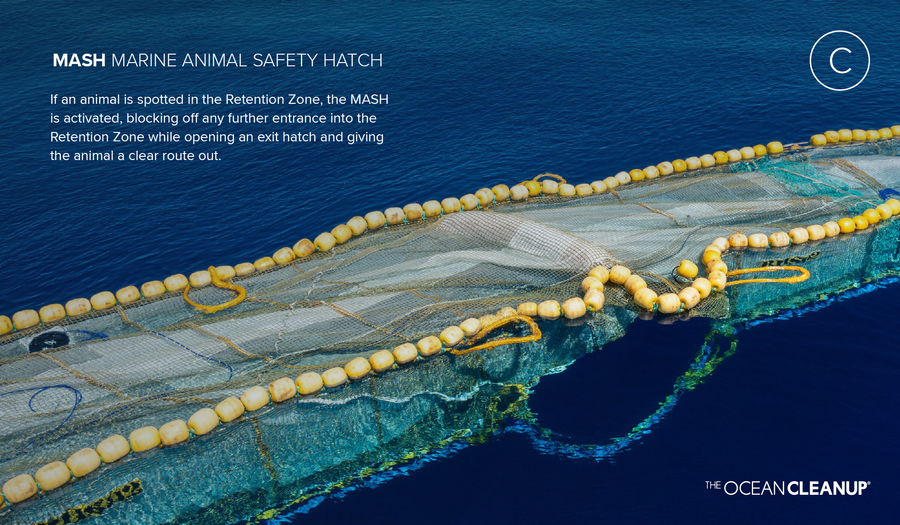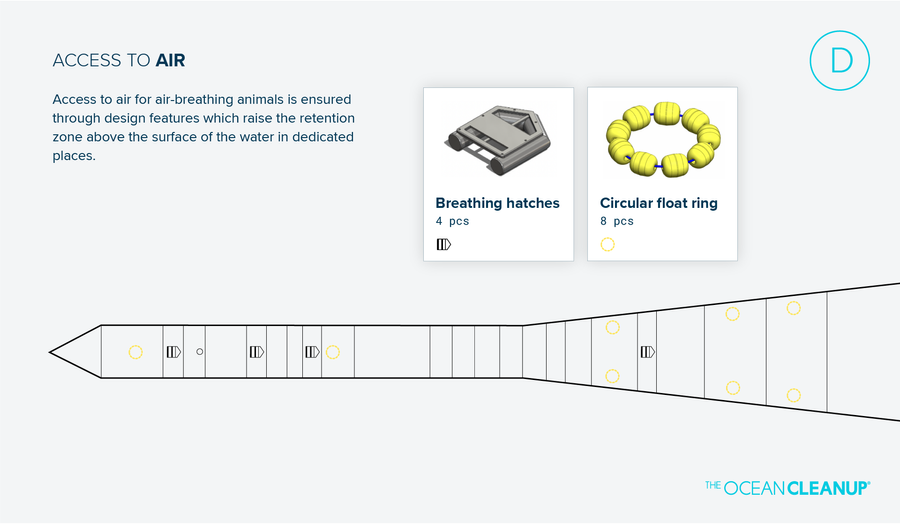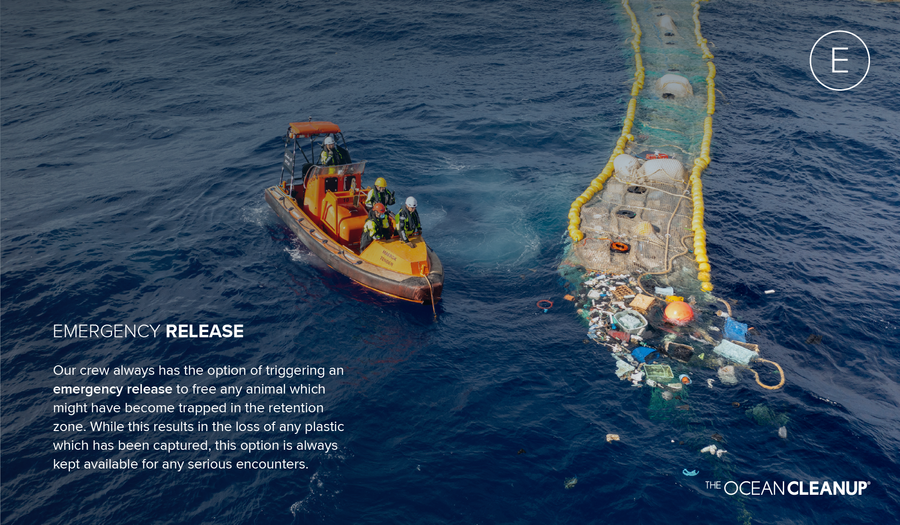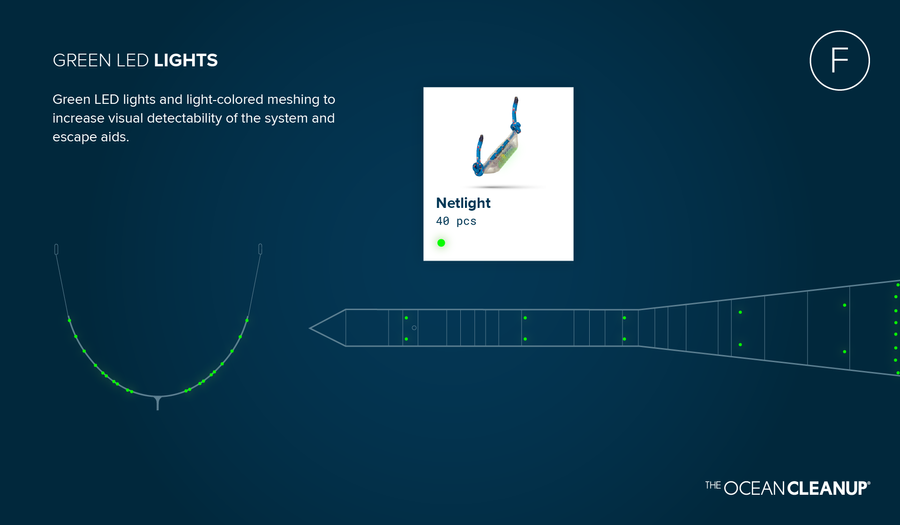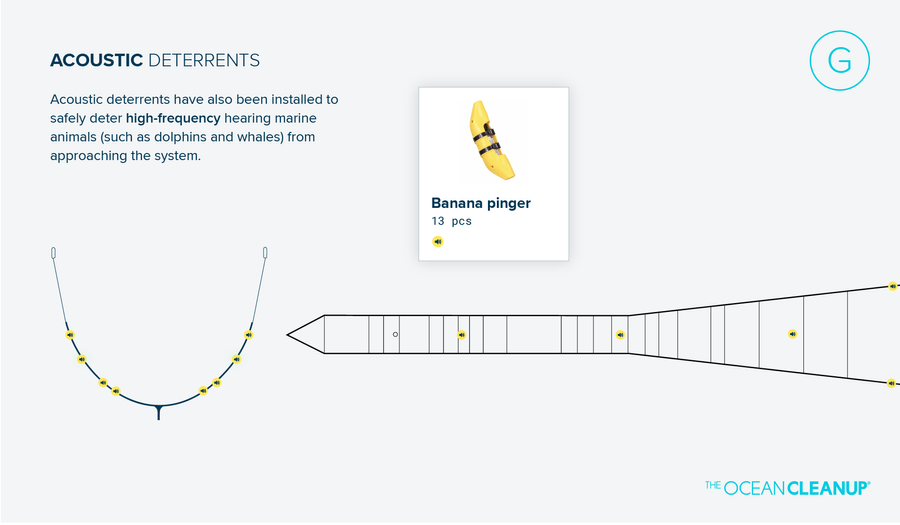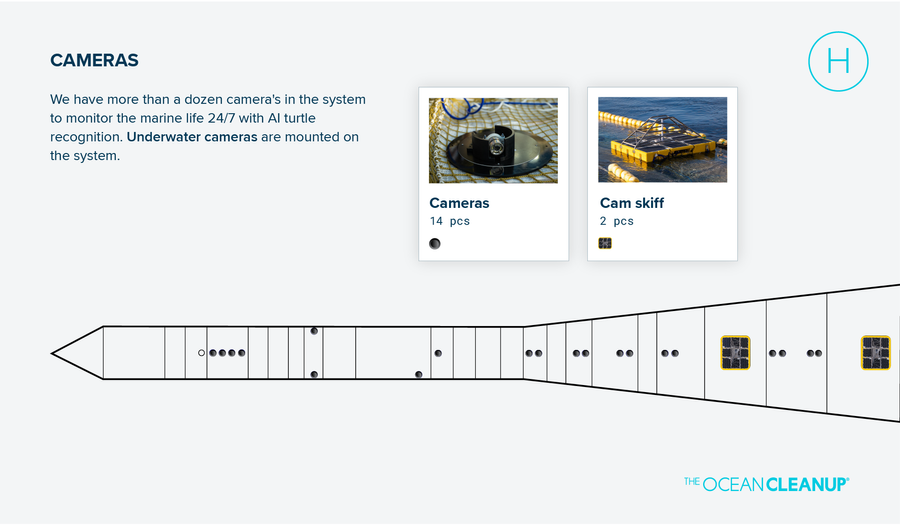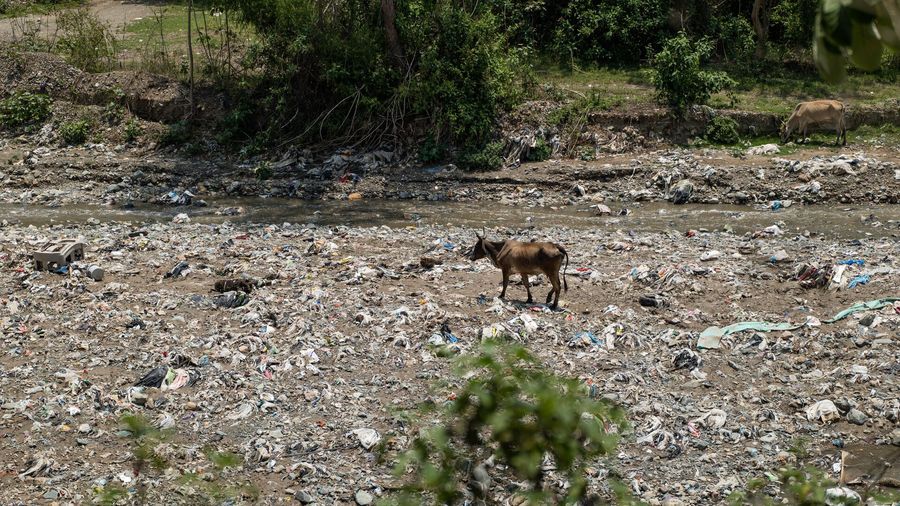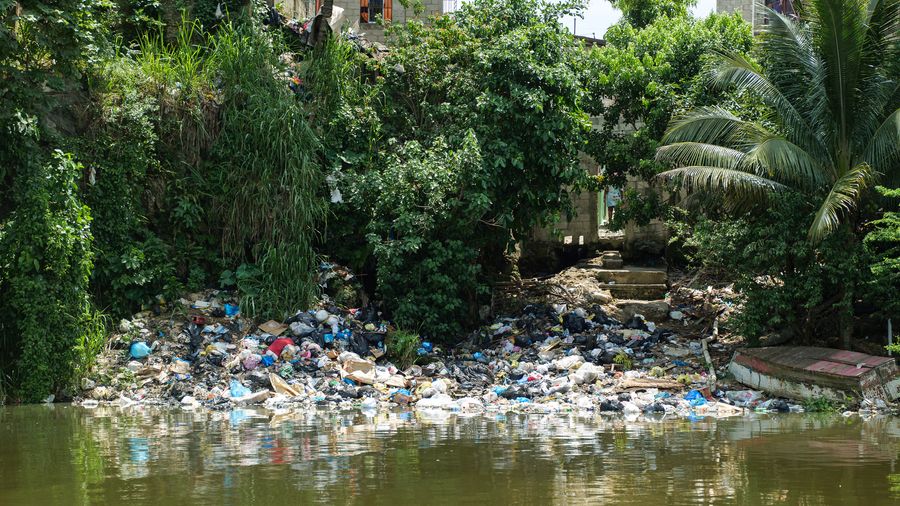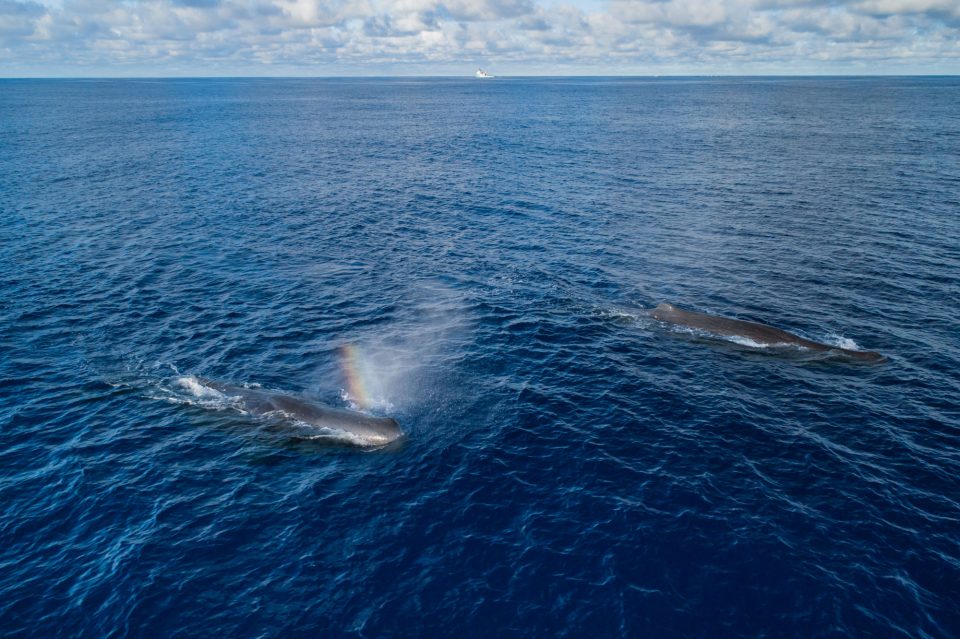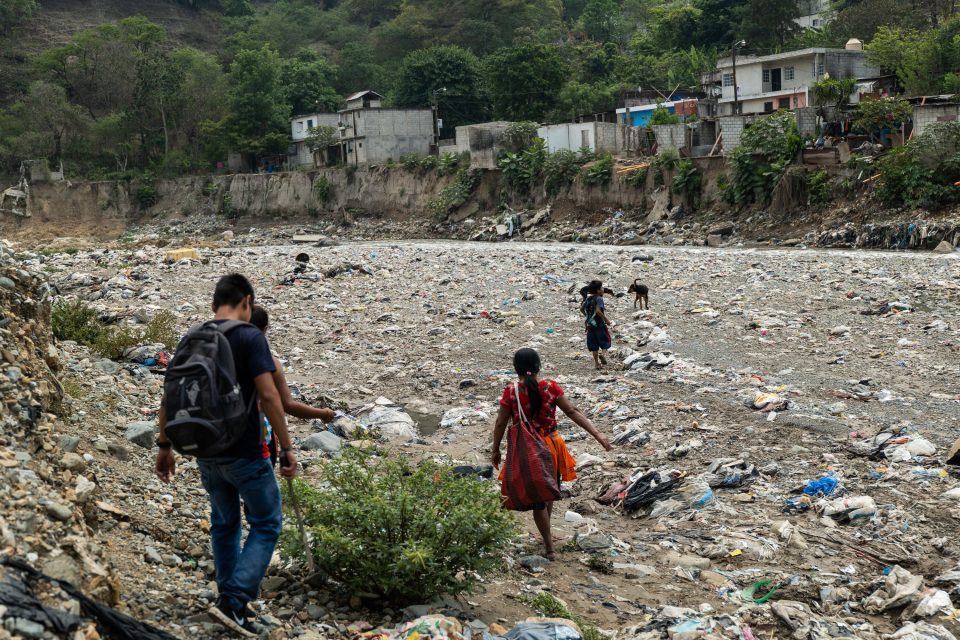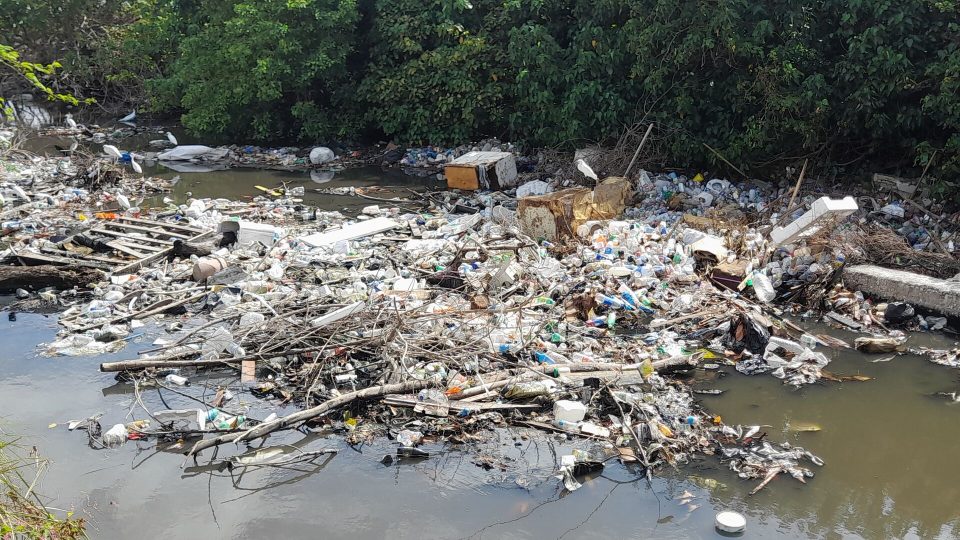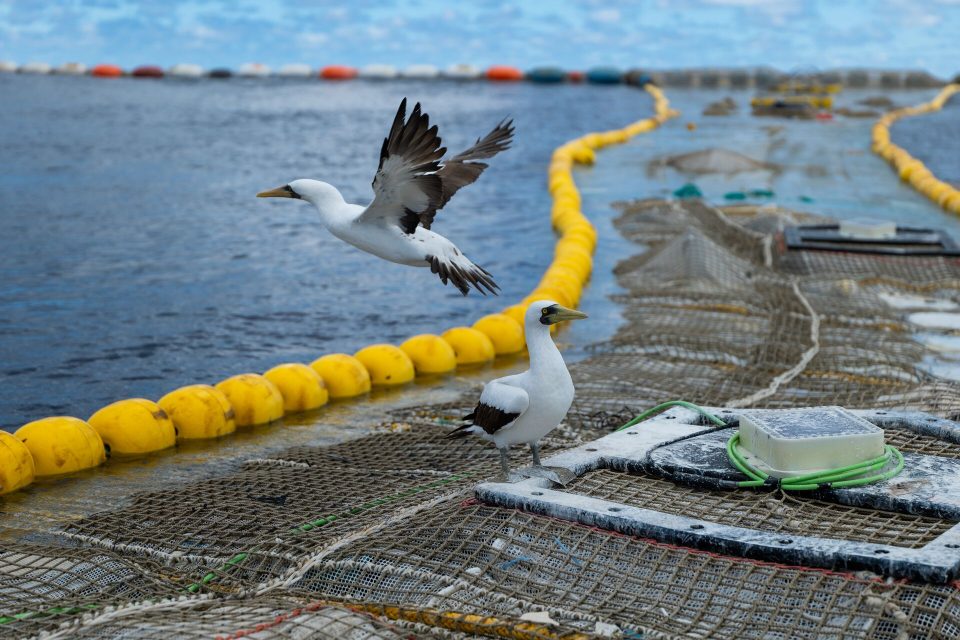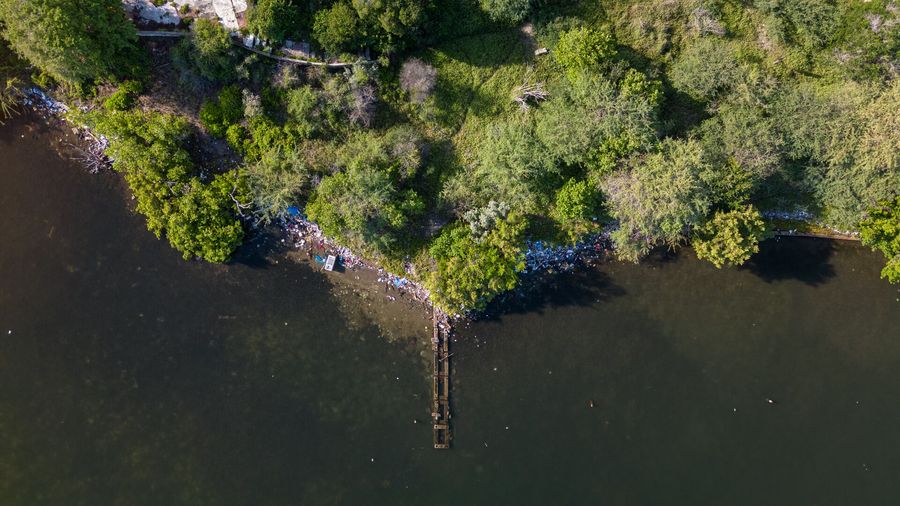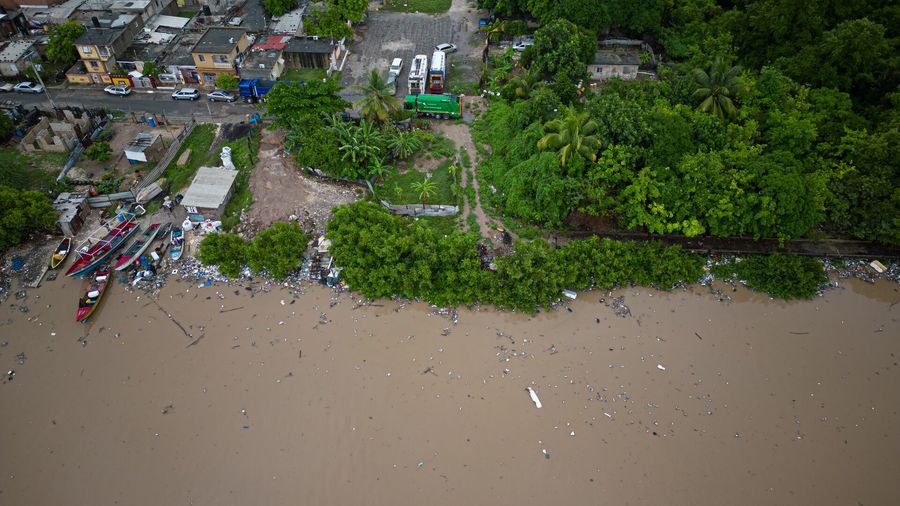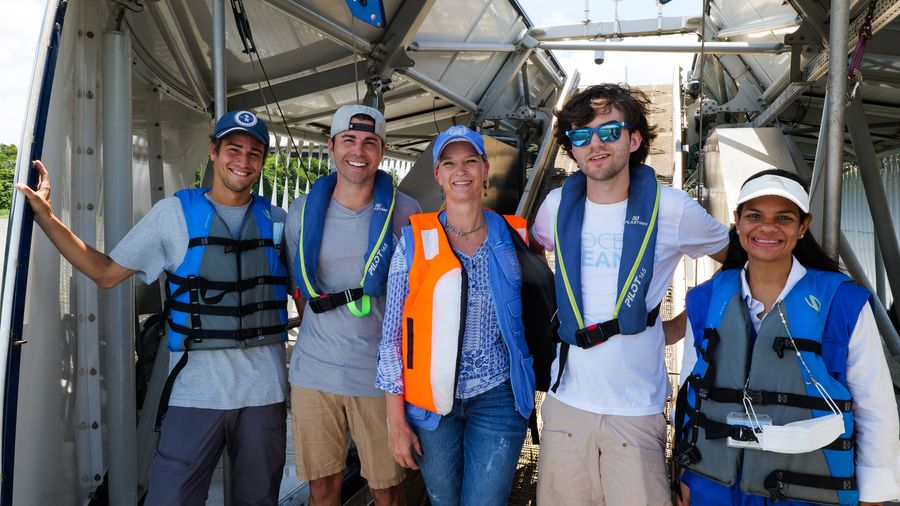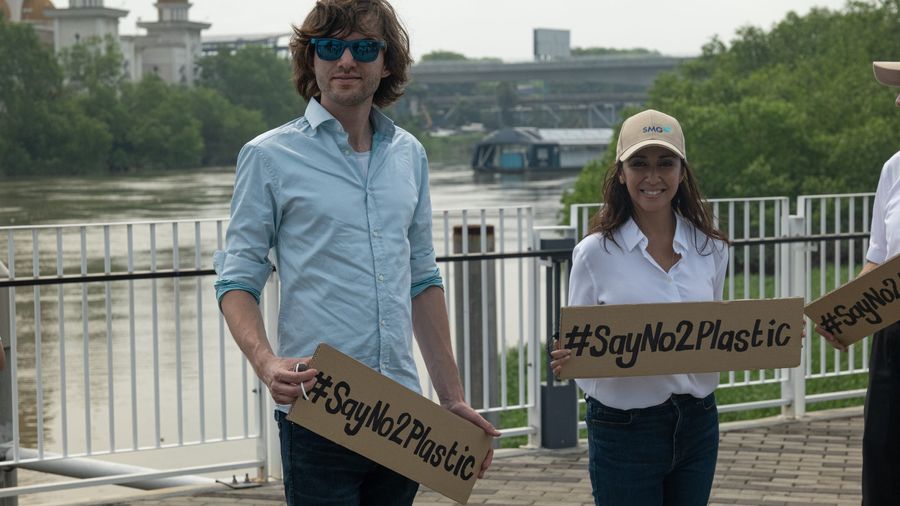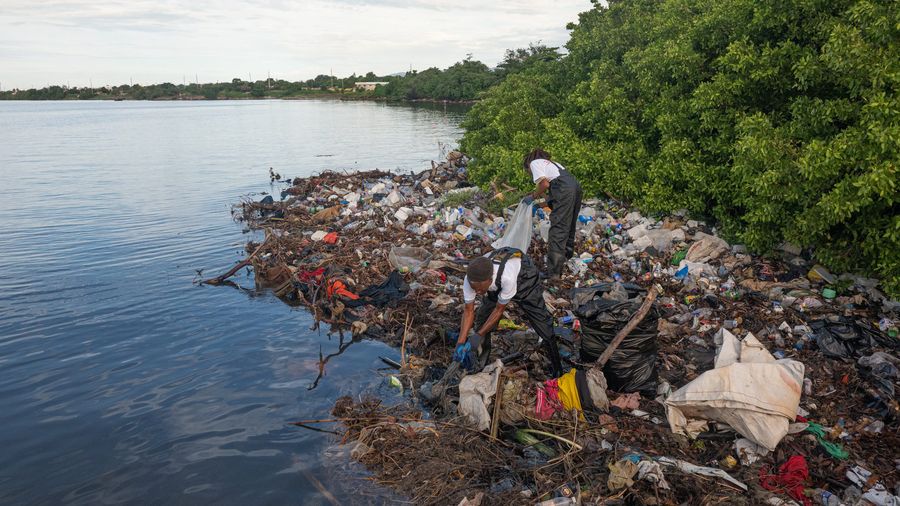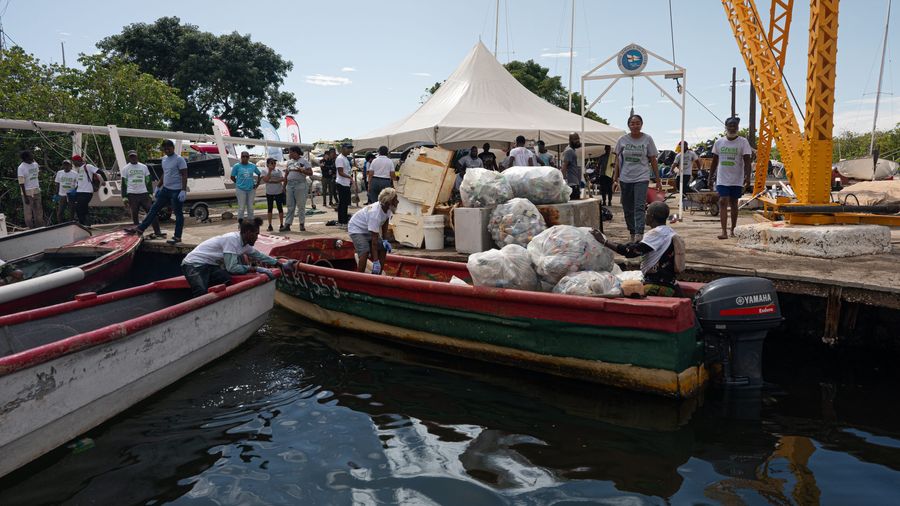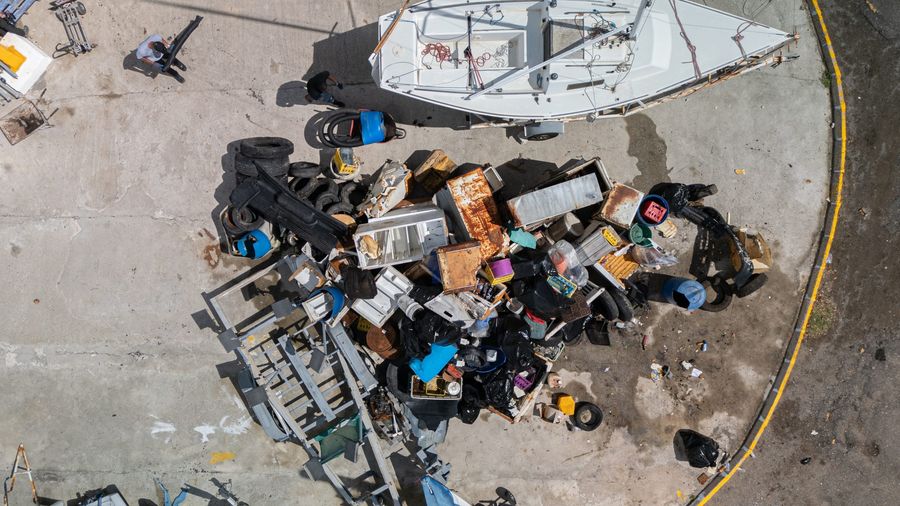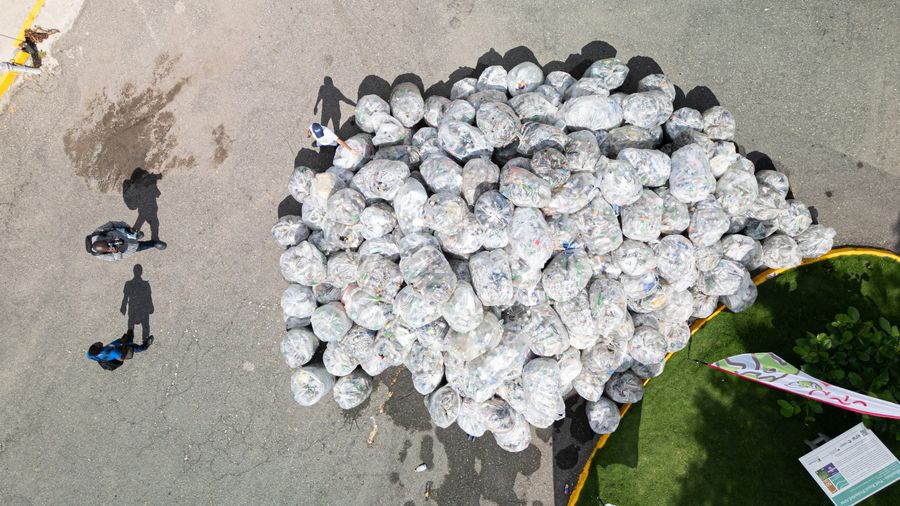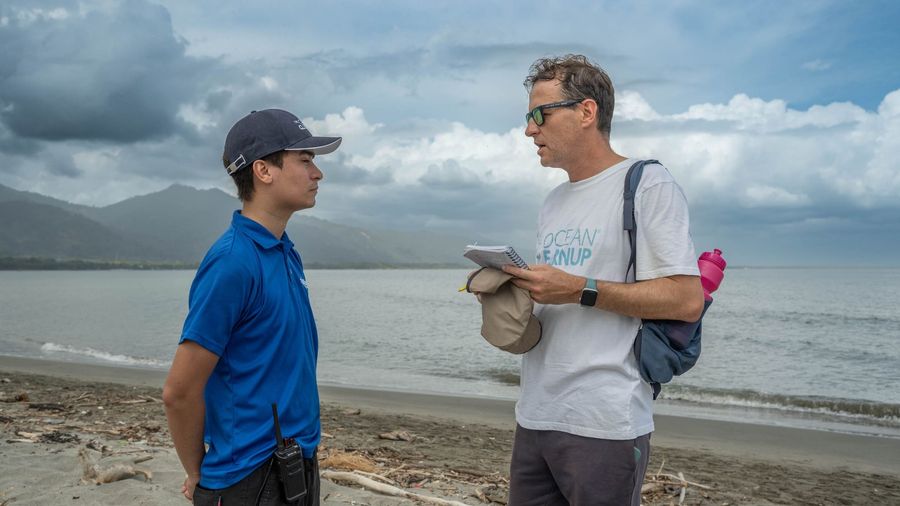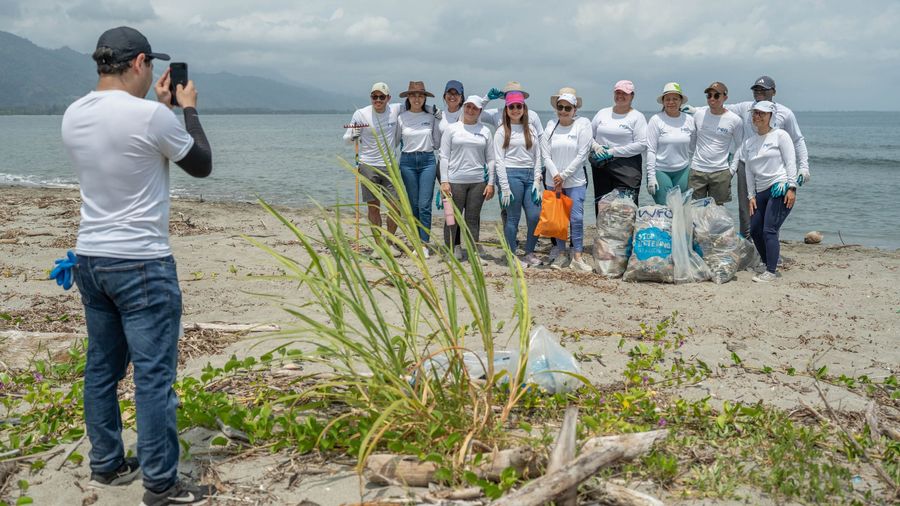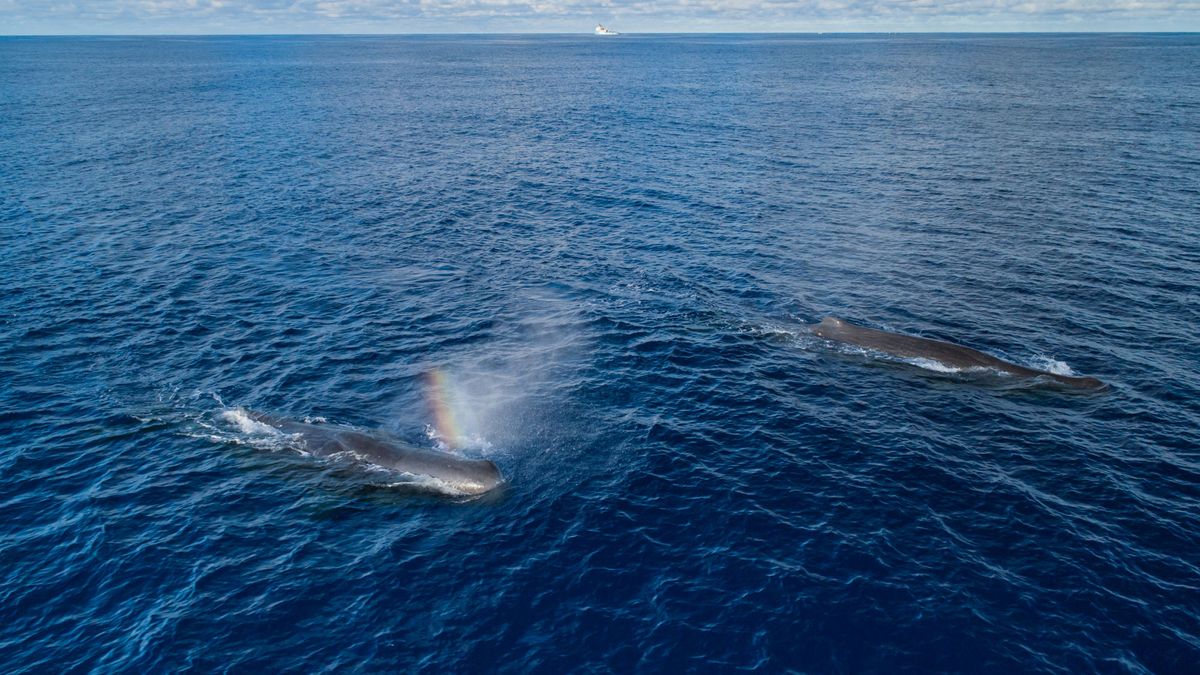
Environmental and Social Impact
Plastic pollution causes environmental, social and economic damage everywhere it is found. The Ocean Cleanup aims to tackle plastic pollution in order to protect and restore marine and riverine environments and the wildlife they contain – as well as benefitting the human communities living alongside our Interceptors and often relying on their river for their livelihoods. Our Environmental and Social Affairs team works continuously to ensure the benefits of our cleanup are felt at all levels: local, regional and global.
The harmful impact of plastic pollution
Plastic pollution impacts the environment, society, economies, and human health. Plastic objects can persist in the oceans for up to hundreds of years, all the while constantly breaking down into microplastics – increasing the damage to marine life and becoming even more challenging to clean up.
-
Marine
damage900 species are impacted by plastic pollution, of which over 100 are endangered. Marine life often mistake plastic for food or get entangled in discarded fishing gear.
-
Disrupted
ecosystemsPlastic transports invasive species and disrupts the natural balance of ecosystems. It also carries toxic pollutants, that end up in the food chain, including us humans.
-
Climate
changePlastic in the ocean may accelerate climate change, as plastic pollution impacts the ocean’s ability to produce oxygen and capture carbon.
Researching and monitoring
Plastic pollution is a planet-sized problem, and we still do not fully understand the extent of the damage it inflicts on our marine environment and society. Our Environmental & Social Affairs (ESA) team includes experts across numerous fields of environmental science, such as marine biology, oceanography, and sustainability. They work on expanding the global knowledge of the effects of plastic pollution and the impact of cleanup operations. Besides helping guide our deployments to the right place, this research and monitoring work benefits policymakers as well as local, national, and regional authorities worldwide.
Enriching global knowledge
Our Environmental and Social Affairs team researches and publishes peer-reviewed, open-access papers on the impact of plastic pollution on:
- The ecosystem of the Great Pacific Garbage Patch, coastal areas, and rivers
- The impact of ocean plastic on climate change
- The environmental and social benefits of intercepting plastic in rivers
- The ecosystem-scale impact of plastic pollution.

Net benefit analysis
We are continuously evaluating the net environmental and societal benefit of our operations, through cost-benefit analysis and fundamental research. This research involves evaluating any potential negative impact (such as CO2 emissions or incidental catch) against the positive impacts of our cleanup efforts on marine life, the environment, and society by reducing the associated harm caused by plastic pollution.
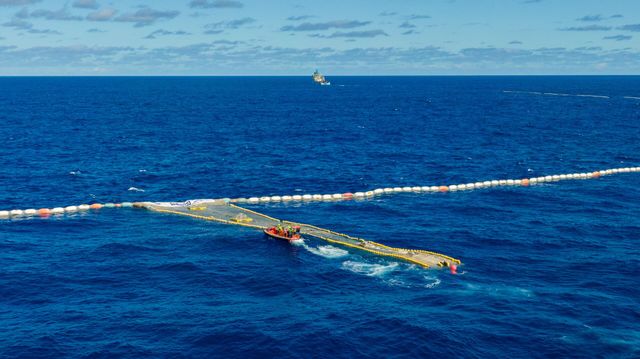
Environmental and Social Impact Assessments
Our Environmental & Social Affairs team guides our technology design and operational planning to ensure our work is safe for the environment. In the oceans, before every new iteration of our ocean technology, we conduct an Environmental Impact Assessment (EIA) to identify any potential negative impact and develop mitigation measures ahead of deployment. ln rivers, all our deployments undergo an advance Environmental and Social Impact Assessment (ESIA) to ensure local communities and environments receive the fullest and most positive impact of our work. We also develop and implement Environmental Management Plans (EMPs) for our operations, which include environmental monitoring and crisis management protocols.
Impact on coastal ecosystems
Our projects protect coastal and marine ecosystems such as mangroves, seagrass beds, and coral reefs from plastic pollution. To quantify the benefits of our conservation efforts, we assess the ecosystem health and biodiversity improvements by establishing the baseline conditions and monitoring the improvements after deploying our technologies such as those in Kingston Harbour and Jakarta Bay. In Kingston Harbour, legacy debris cleanups have removed accumulated plastic waste, enabling us to evaluate how reduced pollution supports ecosystem recovery.
MANGROVES
Mangroves are among the most valuable coastal ecosystems, providing critical benefits for marine life, human communities, and the environment. They serve as breeding and nursery grounds for many fish species, stabilize shorelines by preventing erosion, and act as natural water filters that trap sediments and pollutants before they reach coral reefs and seagrass beds.
Mangroves play a crucial role in carbon sequestration and climate resilience. These coastal forests store up to four times more carbon per hectare than tropical rainforests, trapping carbon in their soils for centuries. This makes them one of the most effective natural solutions for mitigating climate change.
Plastic debris can accumulate densely in mangrove forests, covering the forest floor and entangling roots. This accumulation blocks water circulation, leading to stagnant conditions and changes in salinity that can stress mangrove trees and disrupt the ecological balance.
IMPACT ON COMMUNITY
Beyond impacts on fisheries, plastic waste can clog storm drains, heightening the risk of urban flooding. The accumulation of plastic in cities also creates stagnant water pools, ideal breeding grounds for mosquitoes and waterborne diseases. Additionally, plastic pollution on beaches affects local tourism, deterring visitors and harming the economic potential of coastal communities.
As no country, city or river is the same, our work requires a good understanding of the context that we are operating in. As such, local partnerships are essential. Our local collaborators bring deep understanding of cultural and contextual nuances, ensuring our approach is respectful and effective. Through community engagement, we strive for positive outcomes for nearby communities by actively involving them in our projects and operations.
Here are a few examples of how local communities contribute to and shape our work:
By intercepting plastic before it reaches the ocean and fostering community-driven solutions, we aim to protect vulnerable groups, improve public health and city livability, and support long-term environmental resilience.
Moreover, through collaborations with local fishermen, community groups, and businesses, we create jobs and income opportunities in cleanup efforts, waste management, and recycling initiatives.
Finally, through partnerships with local fishermen, community groups, and businesses, we create jobs and income opportunities in cleanup efforts, waste management, and recycling initiatives.
Our latest environmental scientific publications
-
Evaluating the environmental impact of cleaning the North Pacific Garbage Patch
May 2025, Article in a Peer-Reviewed Journal
Scientific Reports -
Mind the fragmentation gap
November, 2024, article in peer-reviewed journal
Nature Communications -
Densities of neuston often not elevated within plastic hotspots territory inside the North Pacific Garbage Patch
July 2024, article in peer-reviewed journal
Environmental Research Ecology
Frequently asked questions
OCEANS
RIVERS
MANGROVES
COMMUNITIES
SUPPORT
Contact
For questions, please reach out to us at esa@theoceancleanup.com


